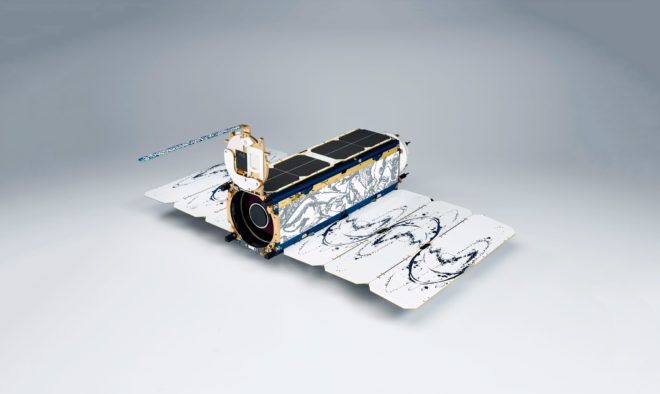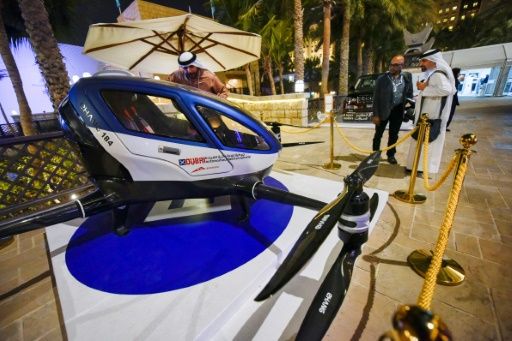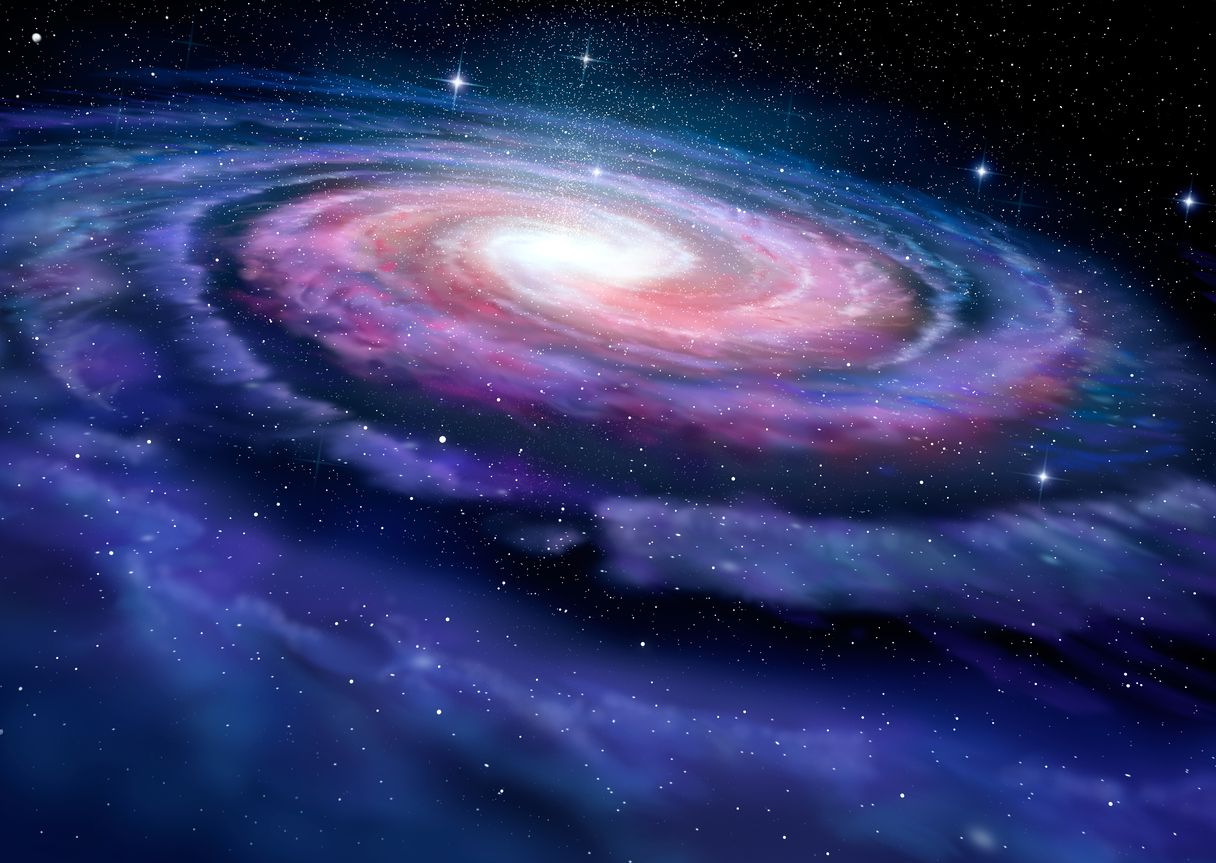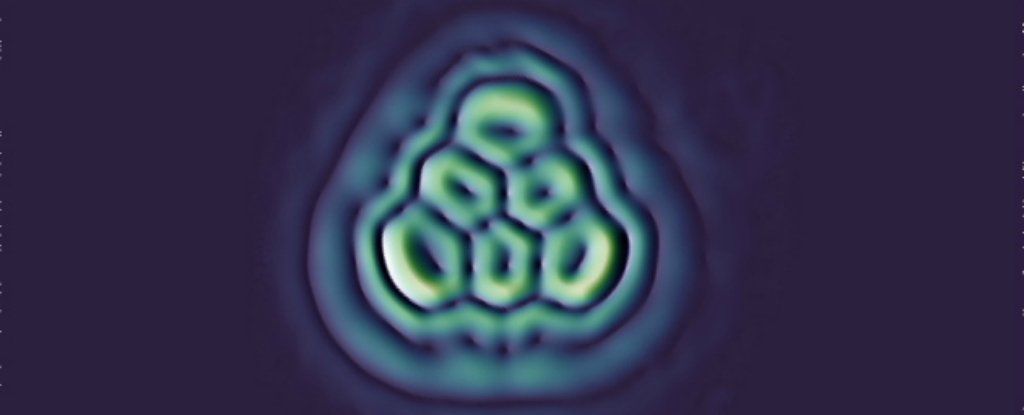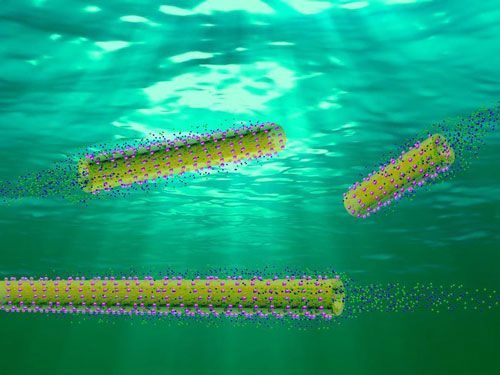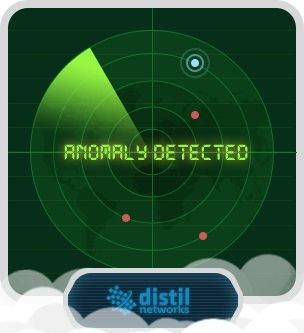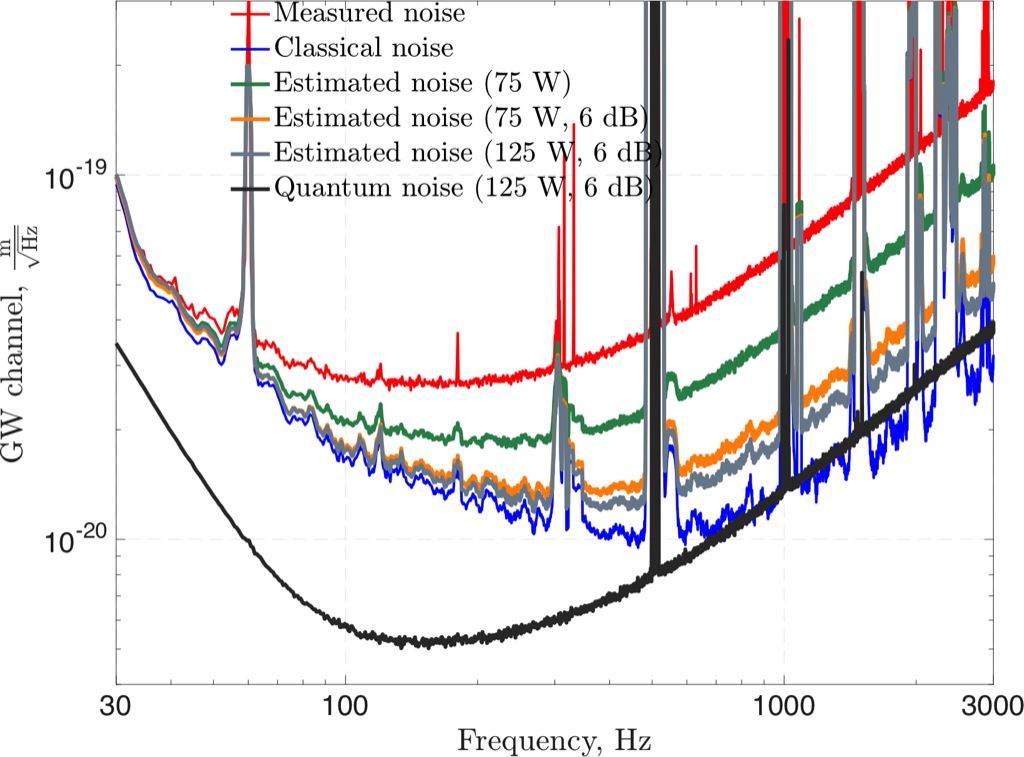Ageing as a disease, take 2: Things I got wrong.
My previous post was somewhat confusing even to myself. To be completely frank, I think it was a little bit of a fuck-up. Several people have commented about it, for example on Reddit or Facebook, pointing out among the rest that whether or not ageing is a disease isn’t just semantics and it isn’t pointless. (To the people commenting on Facebook, I’d like to say that I’m sorry I didn’t reply to your comments, but for some reason I was stuck as ‘Rejuvenaction’ on those posts, and Pages don’t seem to be allowed to comment on group posts. I tried to switch to my personal account to no avail. I figured out a workaround, but at this point it’s a bit too late.)
What I meant to say is that arguing whether or not ageing is a medical condition is far less important than treating its root causes, and as long as we focused on this task, we could postpone the debate to a later time. The finer points of establishing if ageing fits the definition of ‘disease’ to the letter would waste precious time we could spend saving lives instead; we should definitely not wait until the issue has been settled before we start developing rejuvenation biotechnologies. (And we are not waiting at all, luckily.) However, classifying ageing as a disease is very important and not at all pointless, as Reason of FA! explained in this post. In a nutshell, if the ageing processes that lead to age-related diseases were considered pathological, research on how to interfere with them would likely receive more funding, and drugs that target ageing itself could be approved by the FDA.
